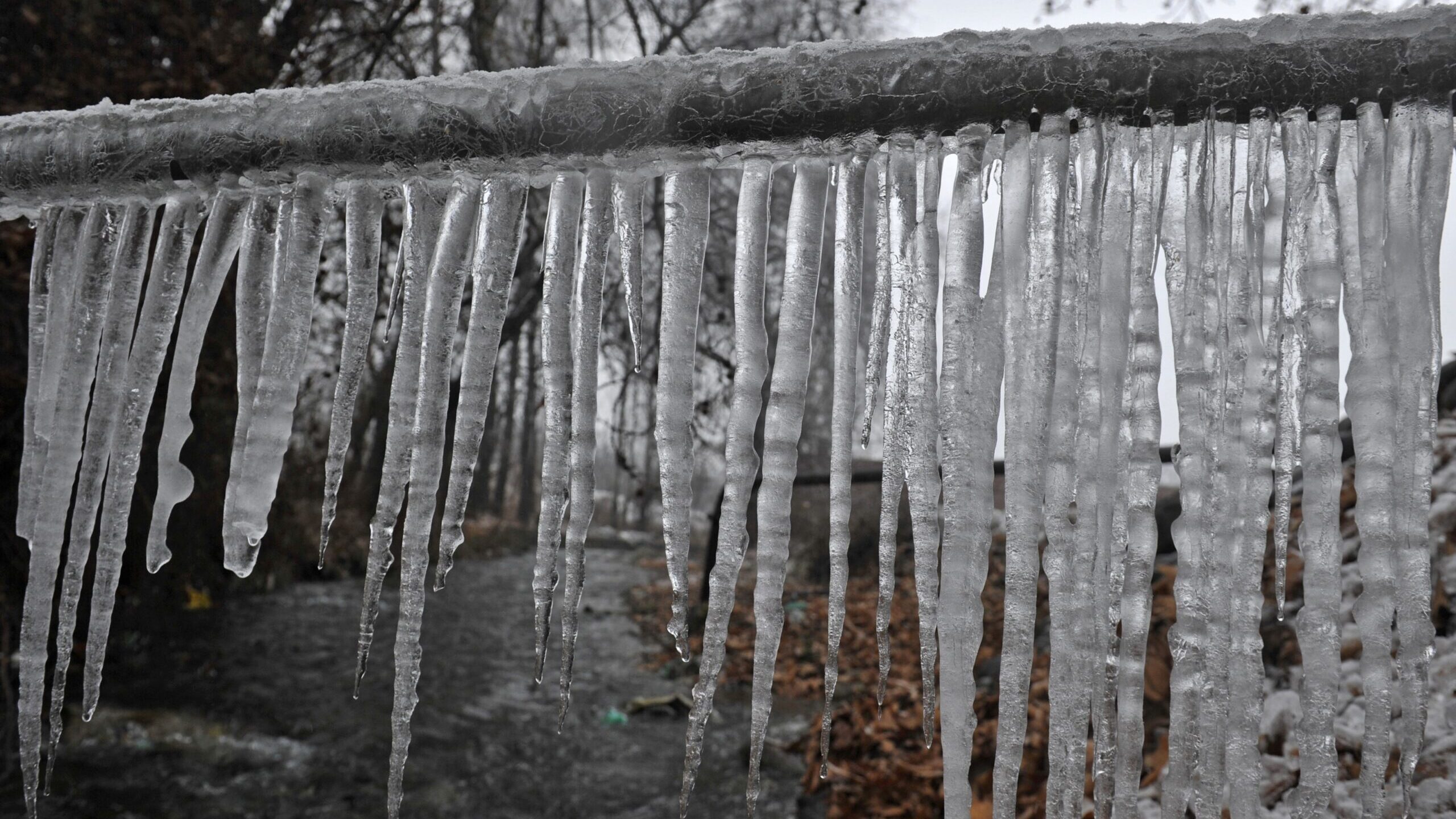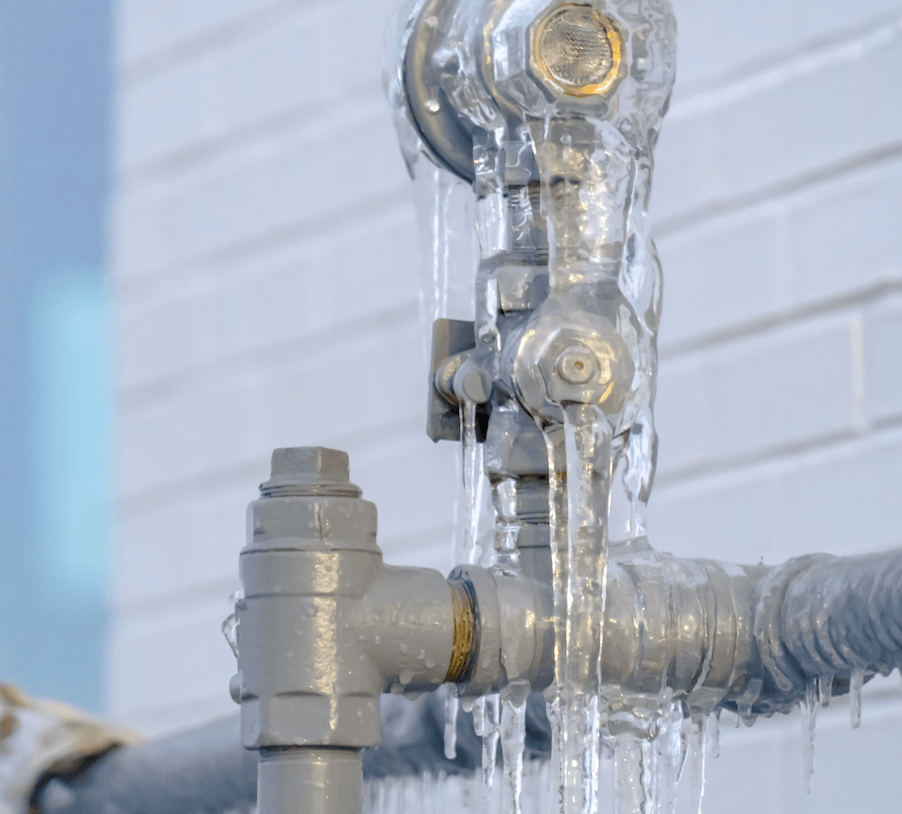Avoiding Your Pipes from Freezing: Effective Strategies
Avoiding Your Pipes from Freezing: Effective Strategies
Blog Article
What are your thoughts regarding 6 Ways to Prevent Frozen Pipes?

Winter can wreak havoc on your pipes, particularly by freezing pipelines. Below's just how to stop it from happening and what to do if it does.
Intro
As temperature levels decrease, the danger of frozen pipelines increases, potentially bring about expensive fixings and water damage. Recognizing exactly how to prevent frozen pipes is vital for house owners in cold environments.
Prevention Tips
Shielding susceptible pipes
Wrap pipes in insulation sleeves or utilize warmth tape to secure them from freezing temperatures. Focus on pipelines in unheated or exterior areas of the home.
Home heating techniques
Maintain indoor spaces appropriately heated up, specifically areas with plumbing. Open closet doors to enable warm air to circulate around pipelines under sinks.
Exactly how to determine icy pipelines
Try to find lowered water flow from taps, uncommon odors or sounds from pipelines, and visible frost on exposed pipelines.
Long-Term Solutions
Architectural modifications
Consider rerouting pipes away from exterior wall surfaces or unheated areas. Include extra insulation to attics, cellars, and crawl spaces.
Upgrading insulation
Purchase top notch insulation for pipes, attic rooms, and walls. Appropriate insulation aids preserve regular temperatures and decreases the danger of icy pipelines.
Shielding Exterior Pipes
Yard pipes and outside faucets
Disconnect and drain pipes yard pipes before winter season. Install frost-proof spigots or cover outdoor taps with shielded caps.
Recognizing Frozen Pipelines
What creates pipes to freeze?
Pipelines freeze when subjected to temperature levels below 32 ° F (0 ° C) for extended durations. As water inside the pipelines freezes, it increases, taxing the pipe walls and possibly creating them to burst.
Risks and damages
Icy pipes can lead to supply of water disturbances, home damages, and costly repairs. Burst pipelines can flooding homes and create comprehensive structural damages.
Signs of Frozen Pipeline
Identifying icy pipes early can stop them from rupturing.
What to Do If Your Pipelines Freeze
Immediate activities to take
If you think frozen pipelines, keep taps available to relieve stress as the ice melts. Make use of a hairdryer or towels taken in warm water to thaw pipelines slowly.
Final thought
Stopping frozen pipes calls for positive measures and fast actions. By understanding the reasons, signs, and safety nets, homeowners can shield their plumbing during winter.
6 Proven Ways to Prevent Frozen Pipes and Protect Your Home
Disconnect and Drain Garden Hoses
Before winter arrives, start by disconnecting your garden hoses and draining any remaining water. Close the shut-off valves that supply outdoor hose bibs and leave the outdoor faucet open to allow any residual water to drain. For extra protection, consider using faucet covers throughout the colder months. It’s also important to drain water from any sprinkler supply lines following the manufacturer’s directions.
Insulate Exposed Pipes
Insulating your pipes is an effective way to prevent freezing. Pipe insulation is readily available at home improvement stores and is relatively inexpensive. Pay close attention to pipes in unheated areas such as the attic, basement, crawl spaces, or garage. Apply foam insulation generously to create a buffer against the cold. You can also wrap your pipes in heat tape or thermostat-controlled heat cables for added warmth.
Seal Air Leaks
Inspect your home for any cracks or openings that could let in cold air. Seal any holes around the piping in interior or exterior walls, as well as the sill plates where your home rests on its foundation. Additionally, make sure to keep your garage door closed unless you’re entering or exiting. Leaving it open creates a significant air leak that can lead to frozen pipes.
Allow Warm Air Circulation
During cold snaps, it’s essential to allow warm air to circulate evenly throughout your home. Leave interior doors ajar to promote better airflow. Open kitchen and bathroom cabinets to help distribute heat consistently around the rooms. If you have small children or pets, be sure to remove any household chemicals or potentially harmful cleaners from open cabinets for safety.
Let Faucets Drip
A small trickle of water can make a big difference in preventing ice formation inside your pipes. When temperatures drop significantly, start a drip of water from all faucets served by exposed pipes. This continuous flow helps prevent the water from freezing. Additionally, running a few faucets slightly can relieve pressure inside the pipes, reducing the chances of a rupture if the water inside does freeze.
https://choateshvac.com/6-proven-ways-to-prevent-frozen-pipes-and-protect-your-home/

As a devoted person who reads on How to Prevent Your Pipes From Freezing, I figured sharing that article post was worthwhile. Are you aware of somebody else who is in the market for the topic? Be sure share it. Thank you for your time. Come back soon.
Click Here Report this page